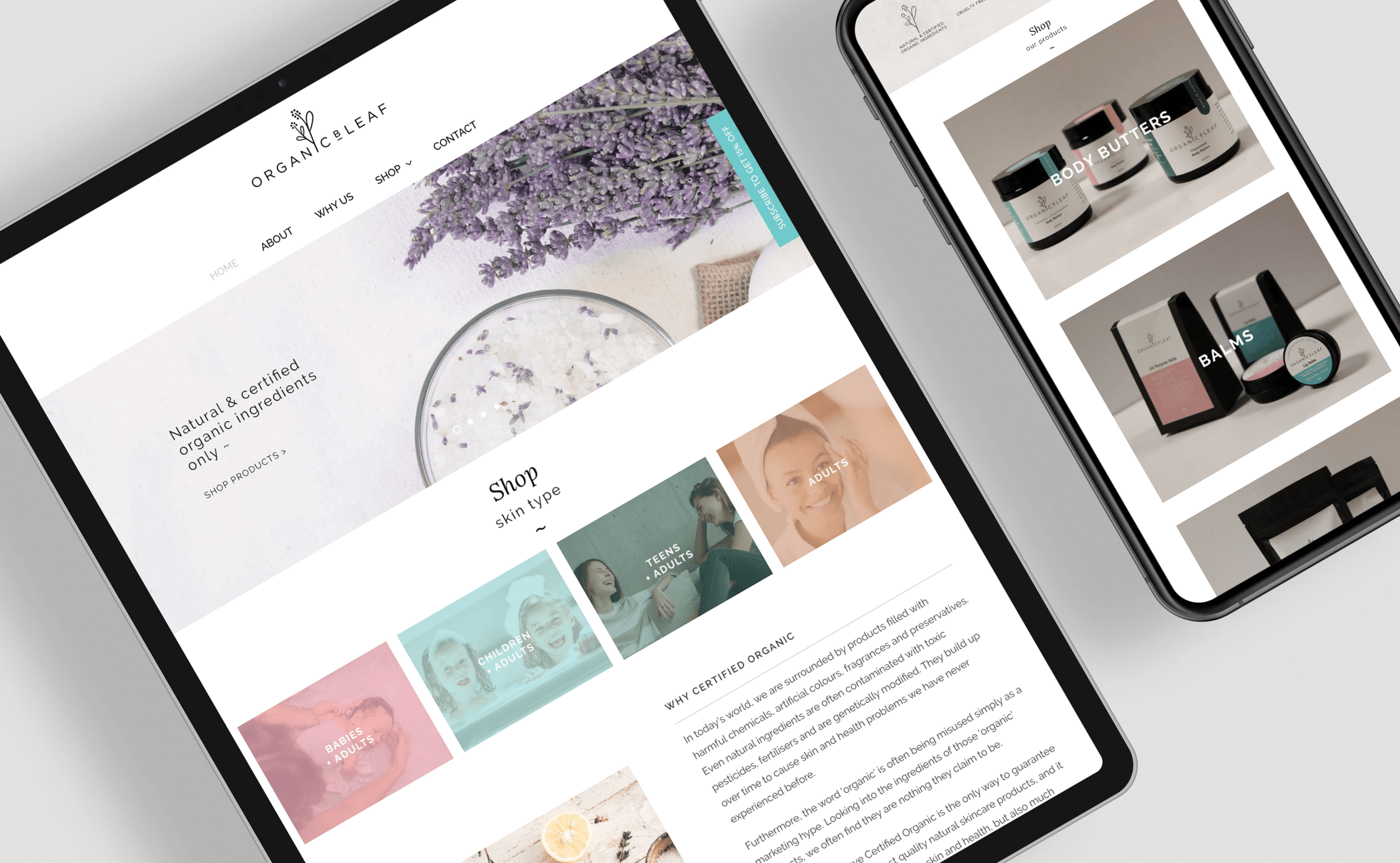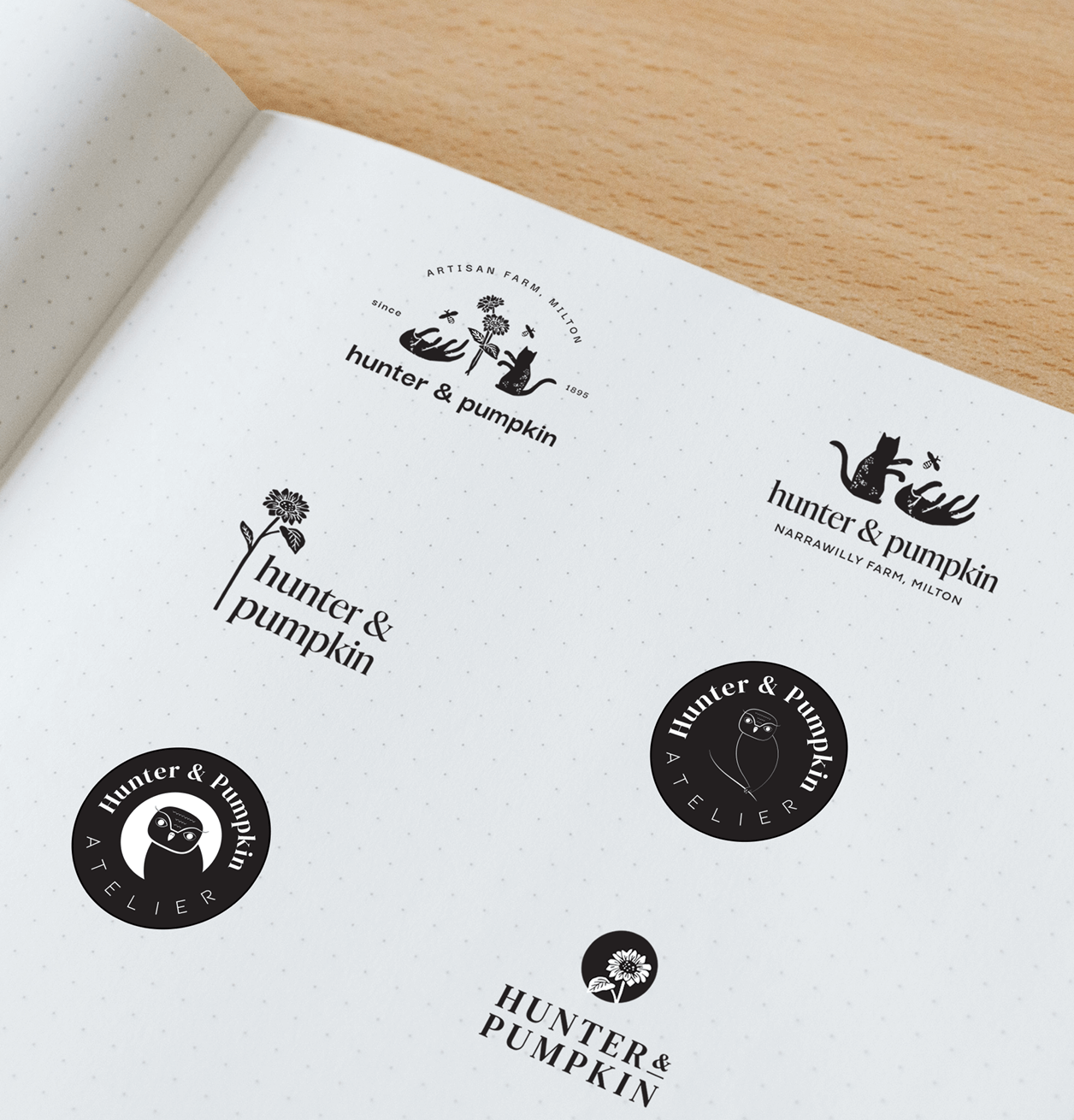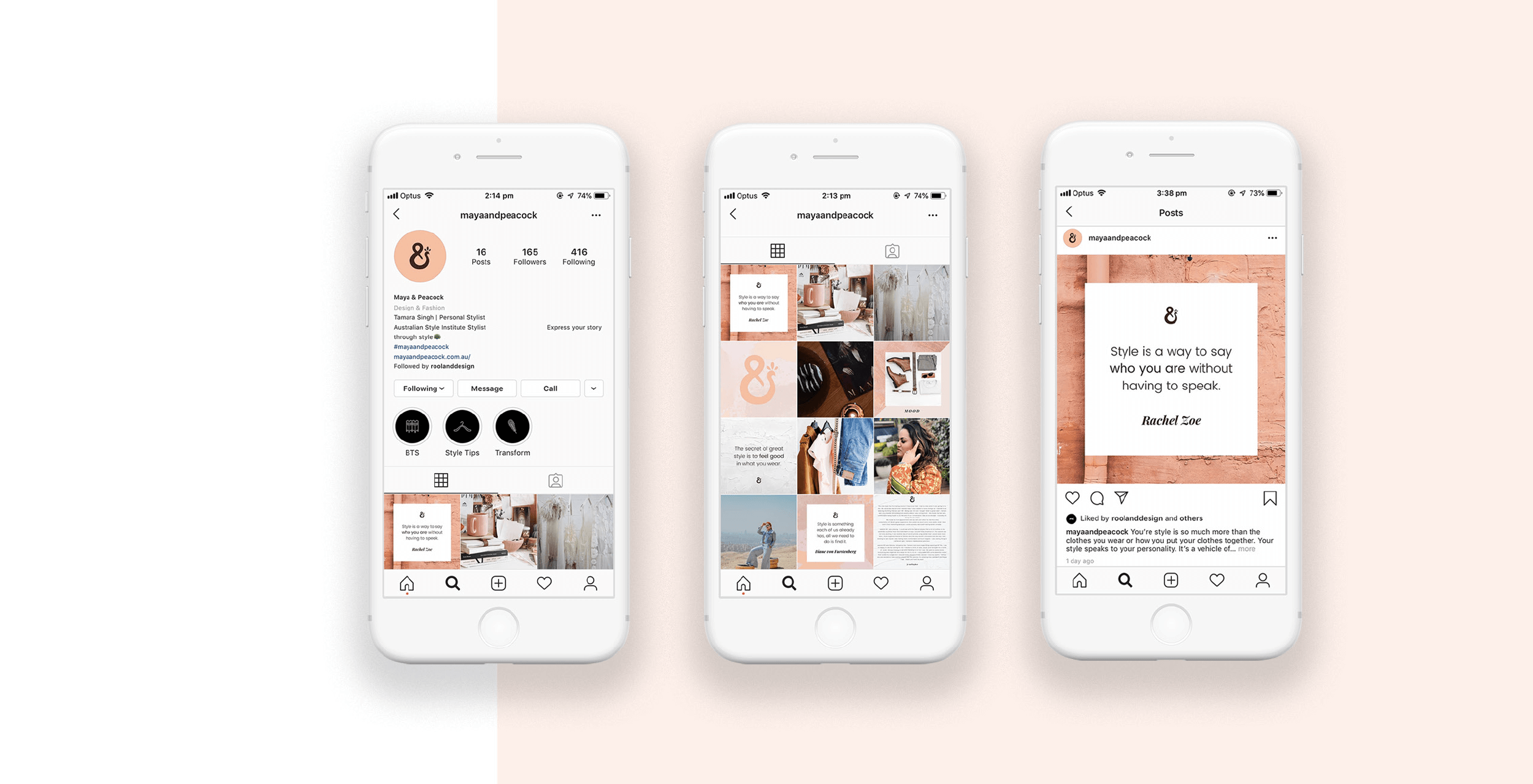
5 Important Storytelling Skills to Elevate Your Brand and Connect to Your Audience
Storytelling is the key to any great marketing campaign. It should be the cornerstone of everything you do to get your brand recognized and sales rolling in. Why? Because people will only connect to a brand if they can feel and see the humans behind it.
This doesn’t mean that you have to put the CEO or business owner front and centre in your marketing. You just need to find a way to give your brand voice a human feel. Something that your audience can actually connect to on an emotional level.
People are far more likely to become loyal customers if they can connect to the brand in a real way rather than if they’re faced with constant “buy now” messages.
But how do you tell your brand story?
Here’s the lowdown on storytelling and how it can help you build stronger connections while boosting your brand.
Why Are Brand Stories Important?
Stories can connect people and make them see themselves in a new light. A good story for your brand will always be more powerful than any brightly coloured ad with all the bells and whistles, but no message at the heart of it.
- Stories help to forge an emotional connection between your customers and your brand, making it harder for people to forget you.
- You can simplify abstract or complex ideas when you use a real-life story as an example.
- It’s possible to inspire and motivate people to take action through the telling of a good story.
How To Tell Stories For Your Brand
The basics of telling a good story are fairly simple. You need to tap into the emotion behind the story and connect on a personal level. This can be harder for a brand to accomplish, but with a little bit of strategising and planning, you can get there.

1. Build A Personality For Your Business
The first step is to create the human persona from which you’ll be telling your stories. Every brand should have a personality or persona to help you truly connect with your audience. One way to do this is to make an actual person in the business the face of your marketing. The founder, owner, CEO, managing director—all of these are good choices and can help you tell personalized stories with your marketing.
Another way to build a brand persona is through analyzing your target audience. Every business should have an ideal customer, a visualization of the person they are marketing to.
For example, a fast-food restaurant could potentially see their ideal customer as a university student who needs to get meals on the go at any time of the day or night. Your brand persona needs to mimic this ideal customer.
With your brand personality in place, you can research the tone and style of how your brand talks, including the slang or jargon you can use.

2. Showcase What Makes Your Brand Unique
Every business should have a unique selling point (USP). Without this, you won’t be able to reach your target audience and make them see why they should choose you over a competitor. The most compelling story you can tell about your brand is about what’s unique to you.
Take some time to figure out what makes you different. Is it your range of products? Your customer service? What about how your business got started?
Once you know this, you can build your marketing content around telling that story. Case studies that show how you really helped a customer are one of the best options.

3. Use Different Kinds Of Content
In today’s digital world, there are so many ways that you can tell a story, and a multitude of mediums to use to do so. You don’t have to use them all or cover every single digital platform, but you should definitely mix things up to keep your customers engaged. There are plenty of options, from articles to infographics, videos, live streams, and well-planned podcasts.
The key is to look at who your target audience is, what platforms they’re active on, and work out how best to engage on those platforms. Back to the fast-food example, your ideal customers are probably on TikTok and Instagram, which means you should be creating videos and following the trends on those platforms.

4. Don’t Be Afraid To Be Personal
The best stories are ones that come from the heart, that have a personal or vulnerable aspect to them. This is where the magic happens and how you truly connect to your audience because they can see who your brand is. If you want to attract your audience to hit that “Read More” button or hit the like and subscribe buttons, you have to start with the emotional and personal hook of your story.
The most successful marketing isn’t about shouting “buy now” the loudest or in the most interesting way. It’s actually about showing your audience how your offering can improve their lives. If you can hit on a pain point for your audience and show them through a personal story how the product or service can take away the pain, you’ll have them hooked.

5. Connect To What Your Audience Is Talking About
Finally, you need to look at your audience and analyze what it is that they actually want to hear about. This means that you need to be active on your social platforms, read through the comments on the blogs your audience follows, and keep an eye on the user-behaviour data on your website and social profiles.
It’s vital that you can watch the trends and start to work out how they change and move over time. You also need to keep your content strategy agile enough to fit in with the trends as they occur. You want to be able to be a part of the current conversation, as well as drive the conversation as a trendsetter. It’s vital that you can watch the trends and start to work out how they change and move over time. You also need to keep your content strategy agile enough to fit in with the trends as they occur. You want to be able to be a part of the current conversation, as well as drive the conversation as a trendsetter.
Great storytelling can elevate your brand and help you to really speak to your target audience. Get this aspect of your marketing right and you’ll be well on your way to success.
